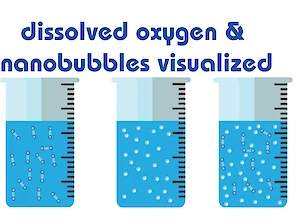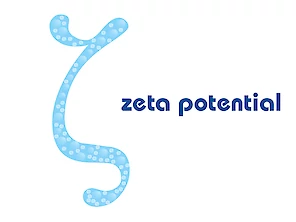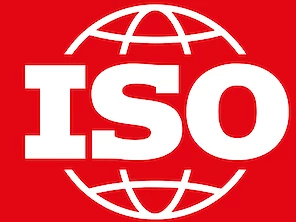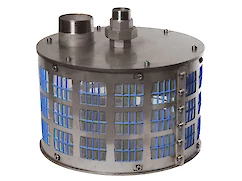Published: Monday, 28 August 2017
Modified: Friday, 22 September 2023
What's in the name: ultrafine bubbles or nanobubbles?
Nanobubbles versus Ultrafine bubbles
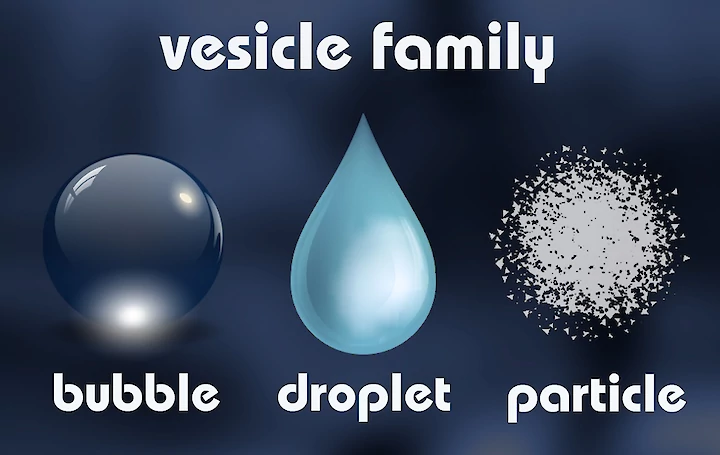
The popularity on Google for the term nanobubble versus ultrafine bubble differs from each other. There are worldwide around 1,000 searches per month for nano bubble. For ultrafine bubble Google is not showing any data so that means the keyword is not popular at all.
When searching on Google, nanobubbles return about 2,400,000 search results, while ultrafine bubble returns 375,000. We can conclude that the term nano bubble is 7 times more popular. The shocking truth is nano bubble do not exist, but ultrafine bubbles do. Lets nuance that a little. The ISO work group has decided to use the term ultrafine and fine bubbles in favor of nano bubbles. Why?
In June 2017 ISO technical committee 281, published the general principles for usage and measurement of fine bubbles . ISO/TC 229 (nanotechnologies) defines Nano as 100 nm or less. Ultrafine bubbles do not meet that definition. Ultrafine bubbles have a size of 1000 nm (1 μm) and smaller. Most of the ultrafine bubble generators produce bubbles sizes around 200 nm.
The vesicle family: bubbles droplets and particles
When we look at the "vesicle family" where the bubble is a member of, we have two other family members called particles and droplets. The bubble is the gas phase, the particle is the solid phase and the droplet is the liquid phase. All the vesicle family members are spherical with a membrane and then there is a gas a liquid or a particle inside the membrane.
When we do a comparison on the popularity of Google, ISO terms are not as popular as the "street language". See table below.
Comparison definitions and popularity Google
| Abbreviation | official name | search results | max searches per month | popular term | search results | max searches per month |
|---|---|---|---|---|---|---|
| ufb | ultrafine bubble | 375,000 | - | nanobubble | 2,400,000 | 1,000 |
| ufp | ultrafine particle | 581,000 | 1.000 | pm 2.5 (particulate matter) | 17,200,000 | 100,000 |
| ufd | ultrafine droplet | 358.000 | - | drop | 1,300,000,000 | 1,000,000 |
No nanobubbles found
There were some other considerations as well during the discussions to not use the word nano. Some people said the word “nano” may have a "negative image" in various countries associated with nanoscale materials. Some experts in European countries advised that not to use the word “nano-bubble”. Considering the fine and ultrafine bubble technology has a high potential in many industries. Such as safety- and health-conscious industries, food, beverage, medical, pharmaceutical, plant and fish cultivation, agriculture, cleaning and sterilization.
Unfortunately, in the past 10 years, some of “nanobubble hydrogen water” or “nanobubble oxygen water” had some problems. When measuring with reliable measurement equipment there were no nanobubbles found in the water.
This established an image that “nanobubbles are questionable”. So it's better not to use the word nano to promote a global and reliable industry. For these reasons there is a need to establish scientific protocol to name and measure “fine and ultrafine bubble technology”. The solution was creating the ISO international standard 20480-1 so the world can agree to properly name and measure ultrafine bubbles.
Image sources
Droplet Designed by Freepik
Bubble Water vector created by Freepik
Particle vector created by Starline - Freepik
